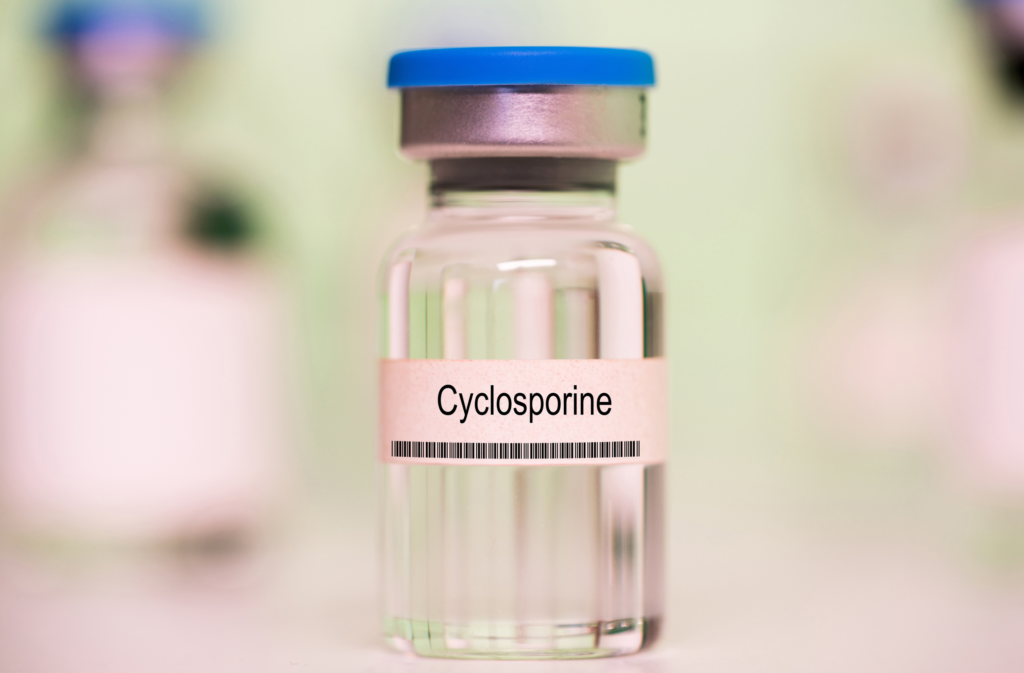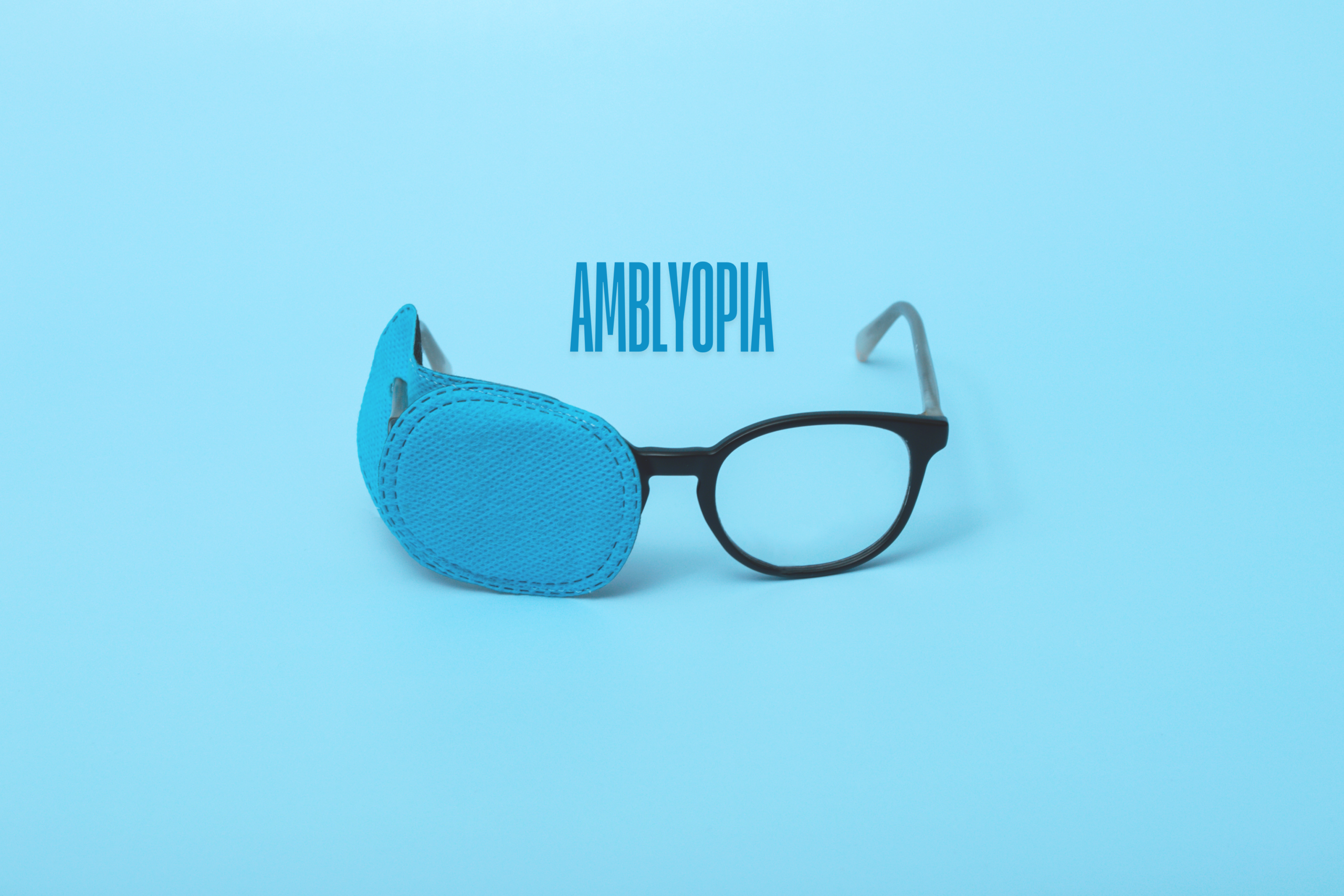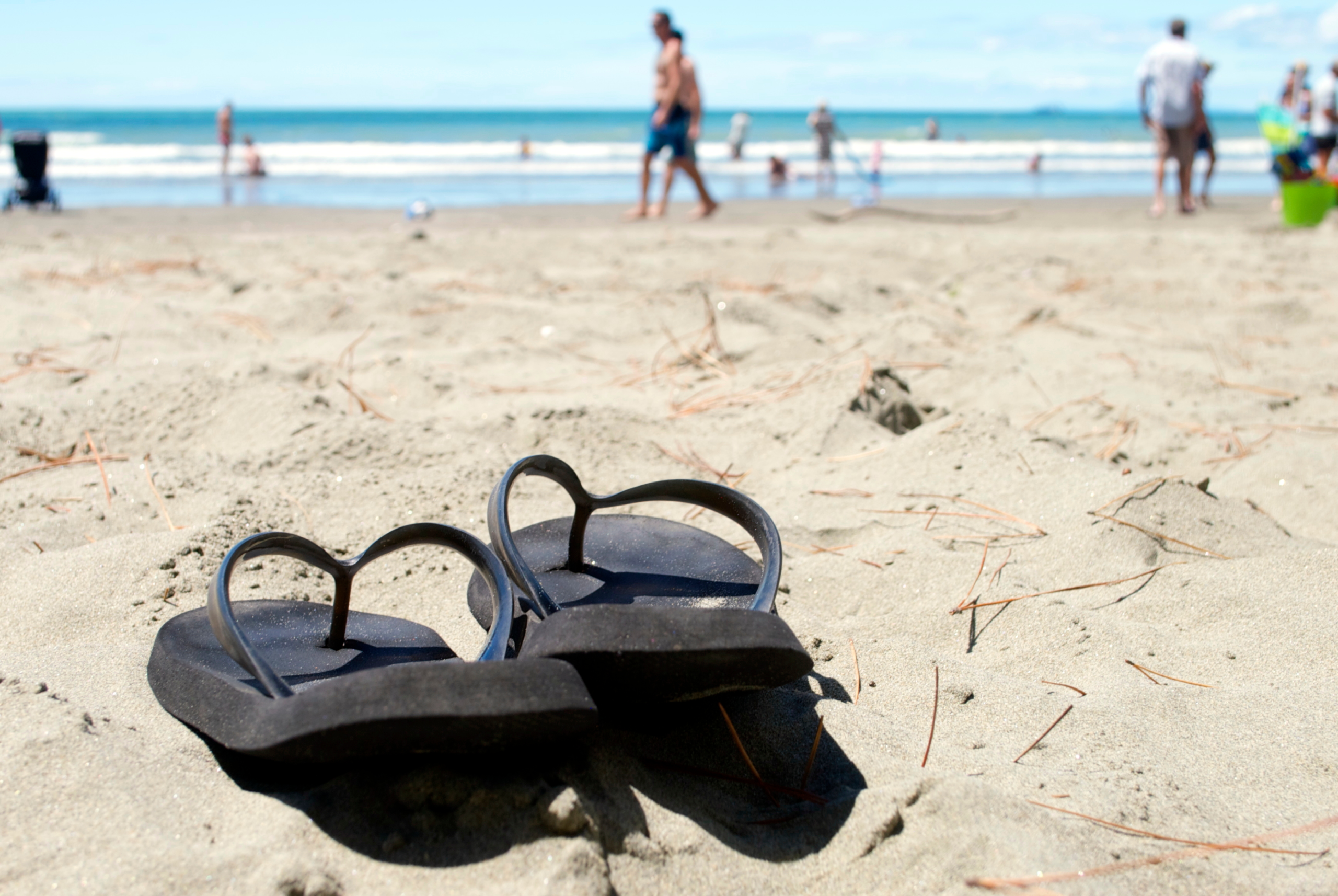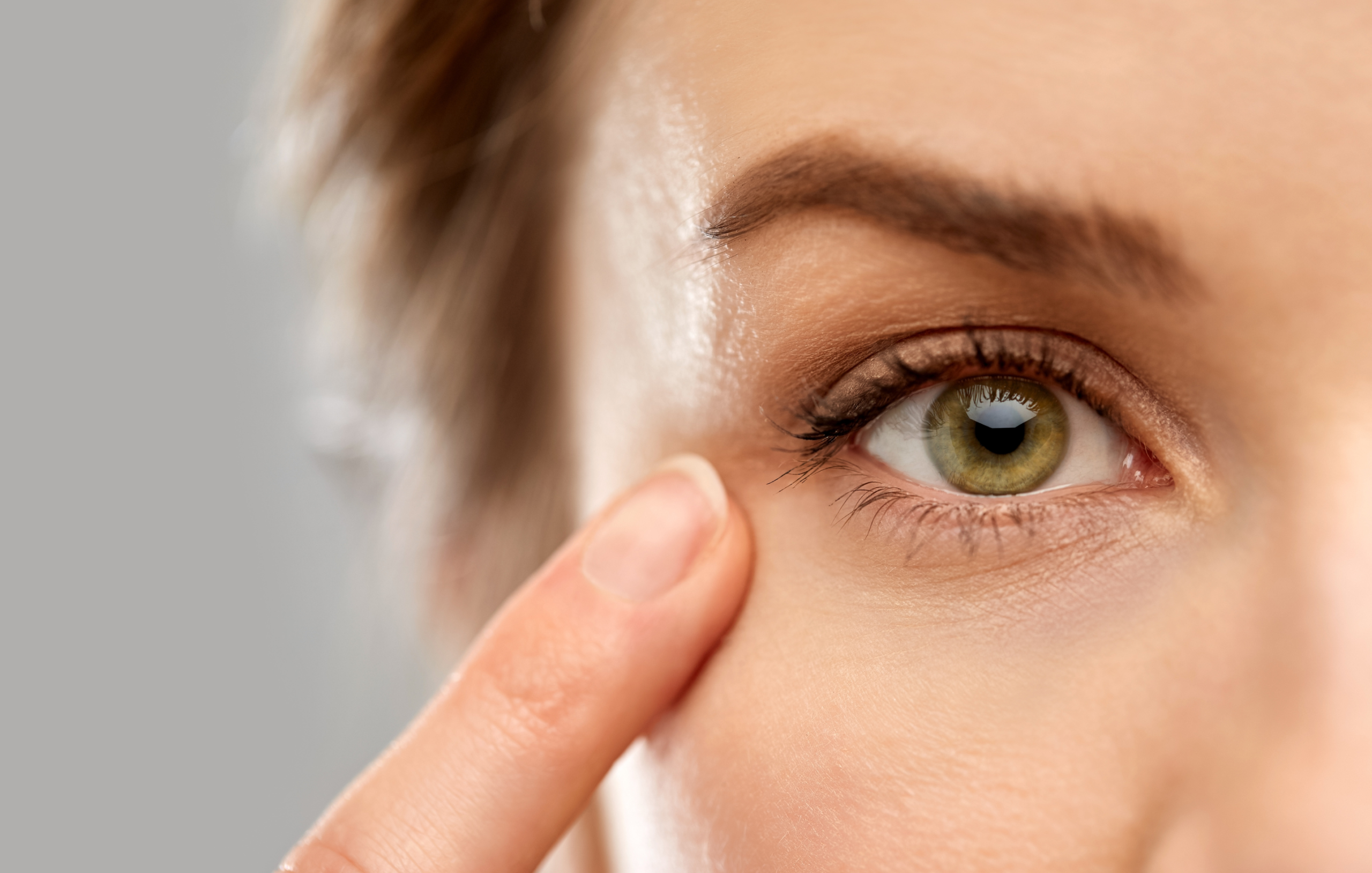
Wellington Eye Centre Ophthalmologist
Restasis is a prescription medication that can treat chronic dry eye disease. The active ingredient in Restasis is cyclosporine, which is an immunosuppressive agent that works by reducing inflammation in the eyes. Chronic dry eye disease is a common condition that affects millions of people worldwide. It has a variety of causes; including ageing, hormonal changes, environmental factors, and certain medications.
Development and use of Restasis eye drops
The story of how Restasis eyedrops came to be a treatment for dry eyes is very interesting. It is a rare example where animals, in this case dogs, gained access to an important medication for the treatment of a serious eye condition before human beings were able to use it.
Cyclosporine, which is the active medication in Restasis eyedrops, was developed in the 1990s as an immunosuppressant. An immunosuppressant turns off or turns down the body’s immune system. This is used for people who have had an organ transplant, such as a liver or kidney transplant, from another individual not genetically identical to the patient. The immune system recognises such foreign organ transplants and will reject the transplanted organ unless the immune system is suppressed. A number of drugs are able to suppress the immune system; one of the most common and safest is cyclosporine. Another effect of cyclosporine is to reduce inflammation, and this is where it becomes useful for treating dry eyes.

Dry eyes in animals
Severe dry eyes are very common in many domestic animals, particularly dogs. Treatment was difficult for many years because no existing treatments addressed the underlying cause of dry eyes. Dry eyes result in chronic inflammation on the surface of the eye and in the tear glands. This inflammation causes reduced tear production and the release of inflammatory chemicals on the surface of the eye. These cause damage to the eye surface and the tear gland, resulting in a vicious circle of increased inflammation and reduced tear production. If the inflammation continues for long enough the tear gland may be damaged so much that it will no longer produce any tears.
Dr Renee Kaswan and her friend with a kidney transplant
Dr Renee Kaswan is an American veterinary surgeon. She had a lot of experience in treating dry eyes in dogs and was well aware of the difficulties of managing this condition. In the late 1980s, she had a friend who was treated with oral cyclosporine following a kidney transplant. The friend experienced watery eyes while she was on the medication and Dr. Kaswan decided to investigate the use of cyclosporine in treating dry eyes in her canine patients. She found that when cyclosporine was applied to the surface of the eyes as an eyedrop or ointment it caused increased tear production. This effect was subsequently found to occur in a number of other animals including horses and cats. Humans came later!
The first medication using cyclosporine as an eye ointment was registered for use in dogs and other domestic animals. Because of its success, it soon became very popular. Despite its success in treating dry eyes in animals, for several years there were no registered medications containing cyclosporine for treating dry eyes in humans. Fortunately, clinical trials in humans were soon carried out and these showed that cyclosporine applied to the surface of the eye was effective in treating dry eyes. The first eyedrop containing cyclosporine, called Restasis, became available in the early 21st century.

Restasis eyedrops
Restasis eye drops, which contain cyclosporine, were developed by Allergan, a leading pharmaceutical company that specialises in eye care products. The drug was approved by the U.S. Food and Drug Administration (FDA) in 2002. It has since become a widely used treatment for chronic dry eye disease.
How does Restasis work?
The recommended dosage for Restasis eye drops is one drop in each eye twice a day, with a twelve-hour interval between doses. The medication should be used regularly to maintain its effectiveness. It may take several weeks to months of consistent use before patients experience significant relief from their symptoms.
Restasis eye drops work by reducing inflammation on the surface of the eyes, which can help to improve tear production and relieve symptoms of dry eye disease. The medication targets the immune system in the eyes, suppressing the activity of T-cells, which are responsible for inflammation. By reducing inflammation, Restasis can help to improve tear production and reduce symptoms such as burning, itching, and redness.
Side effects of Restasis eye drops
Like all medications, Restasis eye drops can cause side effects, although not everyone experiences them. The most common side effects of Restasis include burning or stinging in the eyes, eye redness, and watery eyes. These side effects are usually mild and go away within a few minutes of using the medication.
Less common side effects of Restasis include eye discharge, eye discomfort, eye pain, blurred vision, and increased sensitivity to light. These side effects should be reported to a healthcare provider if they persist or worsen over time.
Cyclosporine taken orally is a very potent medication with significant and potentially dangerous side effects including causing liver and kidney damage. Patients who are taking this medication orally need to have regular monitoring of their kidney and liver function. However, cyclosporine eyedrops such as Restasis contain very small quantities of cyclosporine. This makes them quite safe to be used for a prolonged period with no need for blood test monitoring.

Restasis in New Zealand
Restasis is widely used throughout the world for the treatment of dry eyes, and it has been registered for this use in many countries. However, Allergan has not asked for registration of Restasis in New Zealand. This means that it is not available as a regular prescription medicine. However, it can be prescribed by eye specialists in this country. Because Restasis is not registered in New Zealand it must be prescribed under section 29 of the Medicines Act. This requires the doctor to explain why an unregistered medication is being prescribed and also requires the patient to give written consent to the use of the medication.
Getting a subsidy for Restasis eyedrops prescriptions
Because Restasis is not registered in New Zealand, it can be quite expensive to obtain a prescription. However, it is possible to get a subsidy that substantially reduces the cost of Restasis eyedrops. If you have tried all other regular treatments for dry eyes without getting significant relief from your symptoms, your ophthalmologist can request a subsidy on your behalf from Pharmac.
Conclusion
Restasis eye drops are an effective treatment for chronic dry eye disease, a common condition that affects millions of people worldwide. The medication works by reducing inflammation in the eyes, which can help to improve tear production and relieve symptoms of dry eye disease. While Restasis eye drops are generally well-tolerated, they can cause side effects, and patients should be aware of these before starting treatment. It is currently the only treatment that treats the underlying causes of dry eye! Other regular treatments such as artificial tears only treat the symptoms of the condition.
If you have any questions get in touch, we’d love to help! You can call us on 0800 733 327 or complete the contact form below.

Common Medications Used in Laser Eye Surgery

Amblyopia and Laser Eye Surgery

Meet The Team at the Wellington Eye Centre

How Much Does Laser Eye Surgery Cost in 2025?





